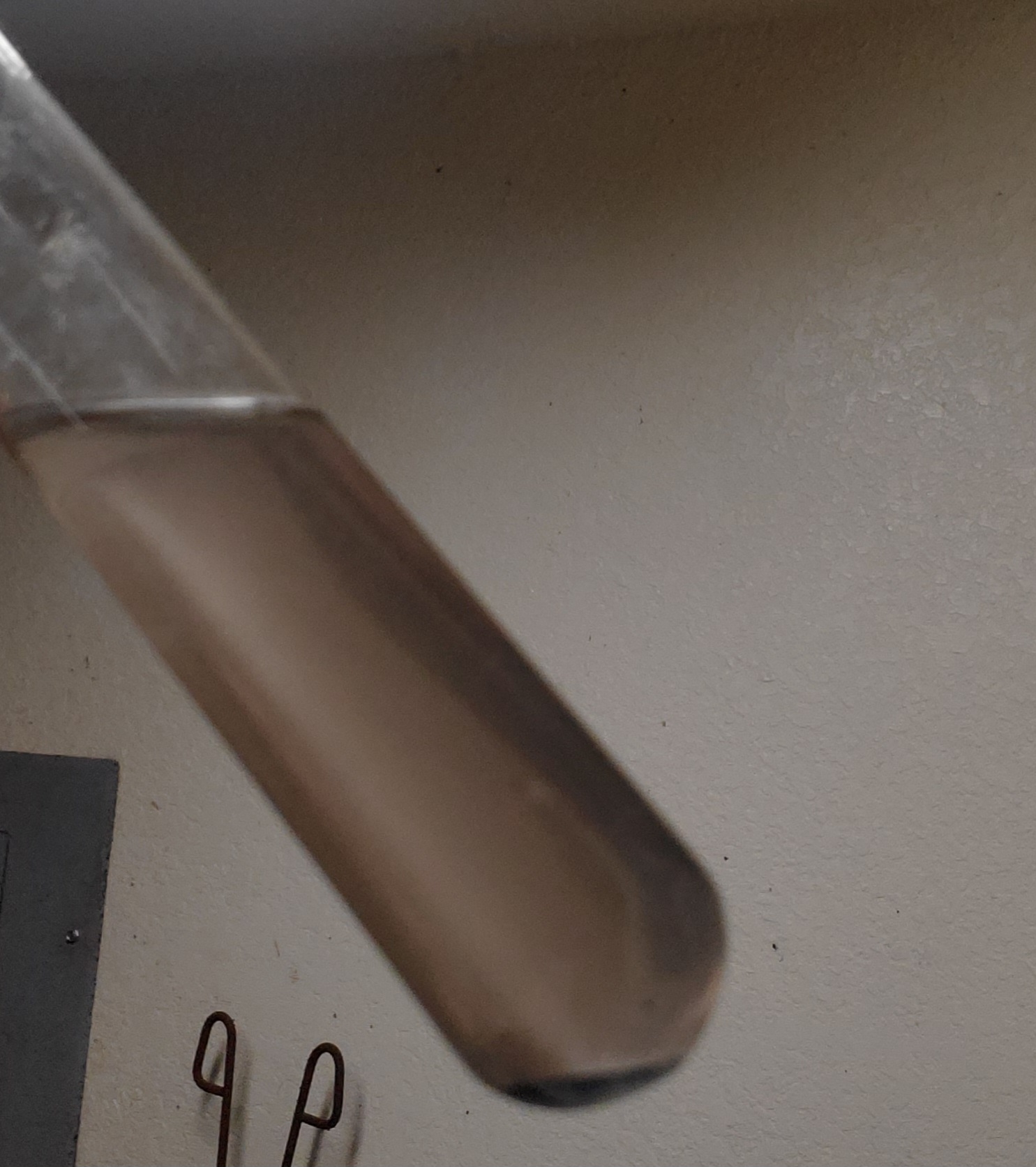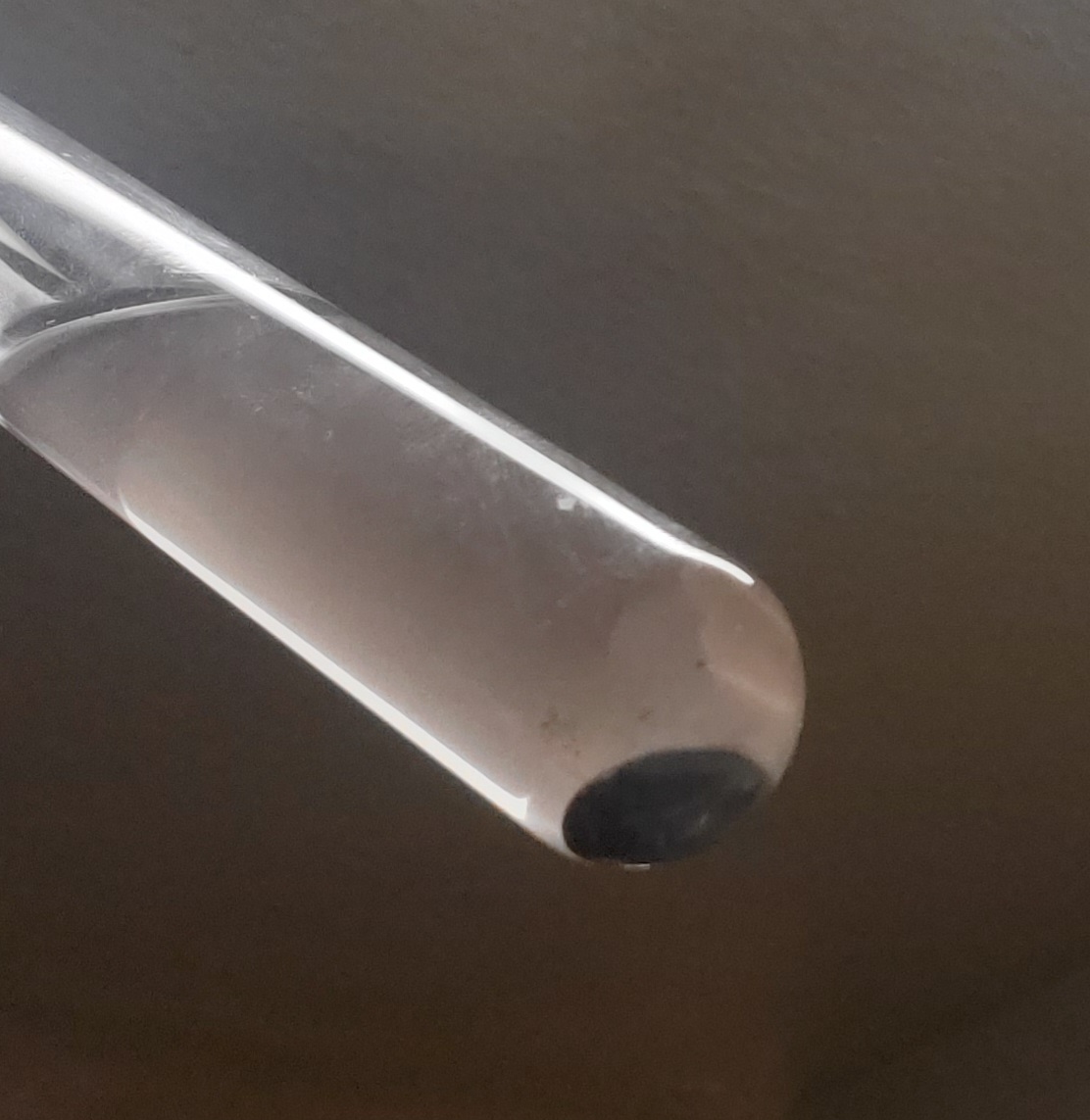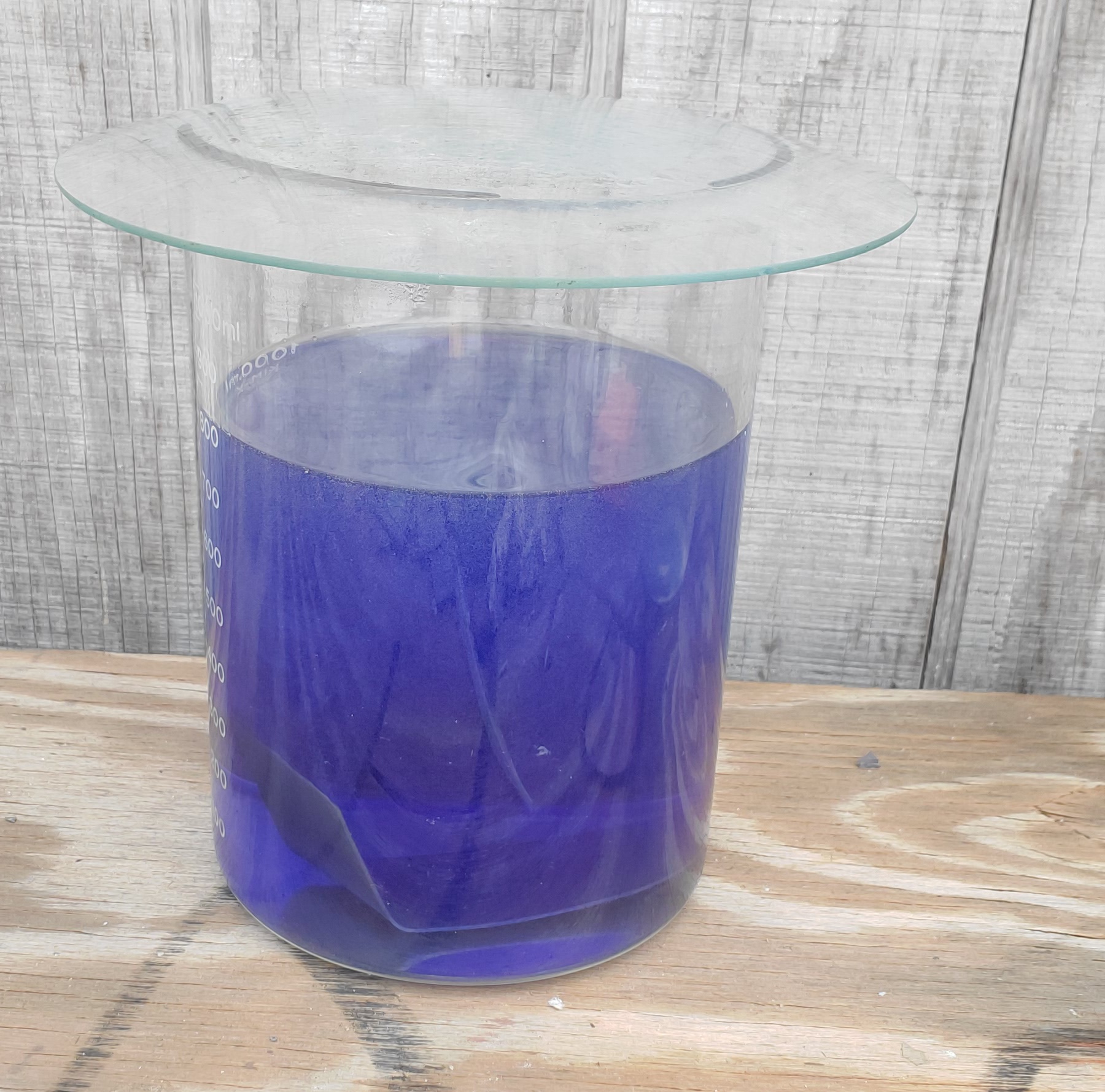lazersteve
Well-known member
When a rhodium compound is heated in hydrogen the metal is obtained ; this is insoluble in aqua regia , but can be obtained in solution when it is fused with acid potassium sulphate . The fused mass on treatment with water yields a red solution , from which the metal is precipitated as a black powder on addition of caustic potash and alcohol .
Other routes include removing the sulfate as barium or calcium sulfate with the corresponding nitrate, then reducing the Rh nitrate after filtering out the insoluble sulfate.
And of course there is always zinc reduction if the sulfate is pure enough.
Steve
Other routes include removing the sulfate as barium or calcium sulfate with the corresponding nitrate, then reducing the Rh nitrate after filtering out the insoluble sulfate.
And of course there is always zinc reduction if the sulfate is pure enough.
Steve









